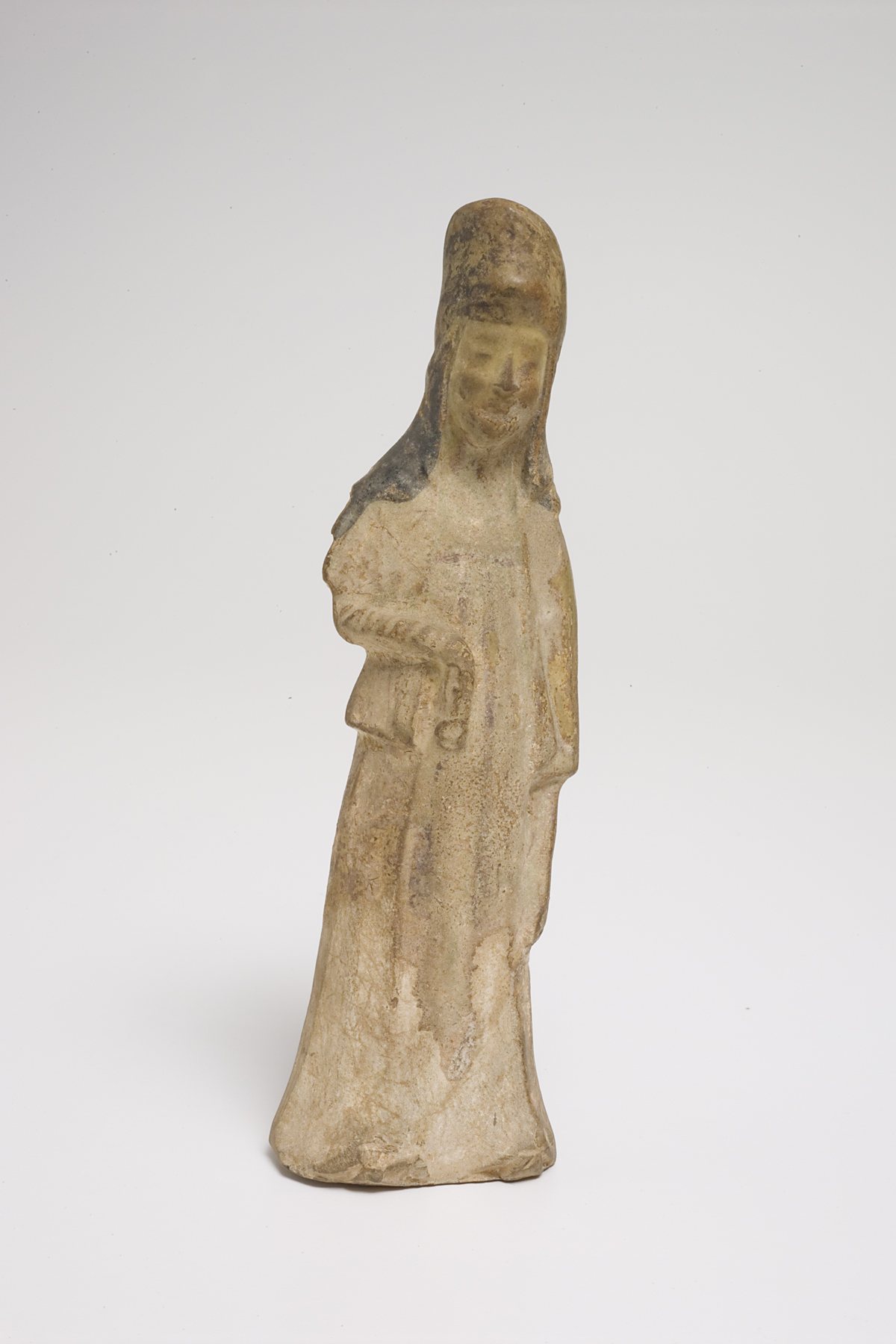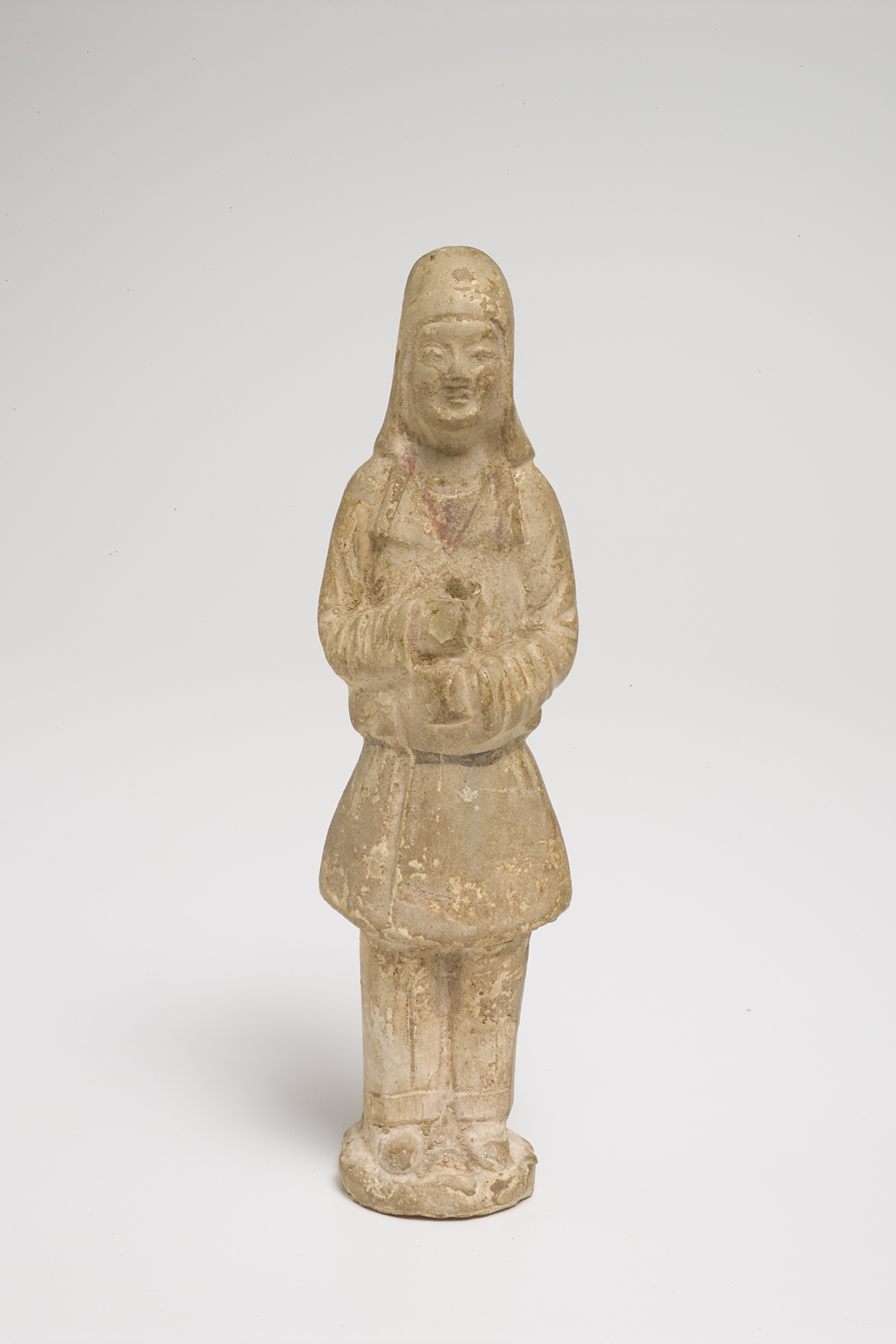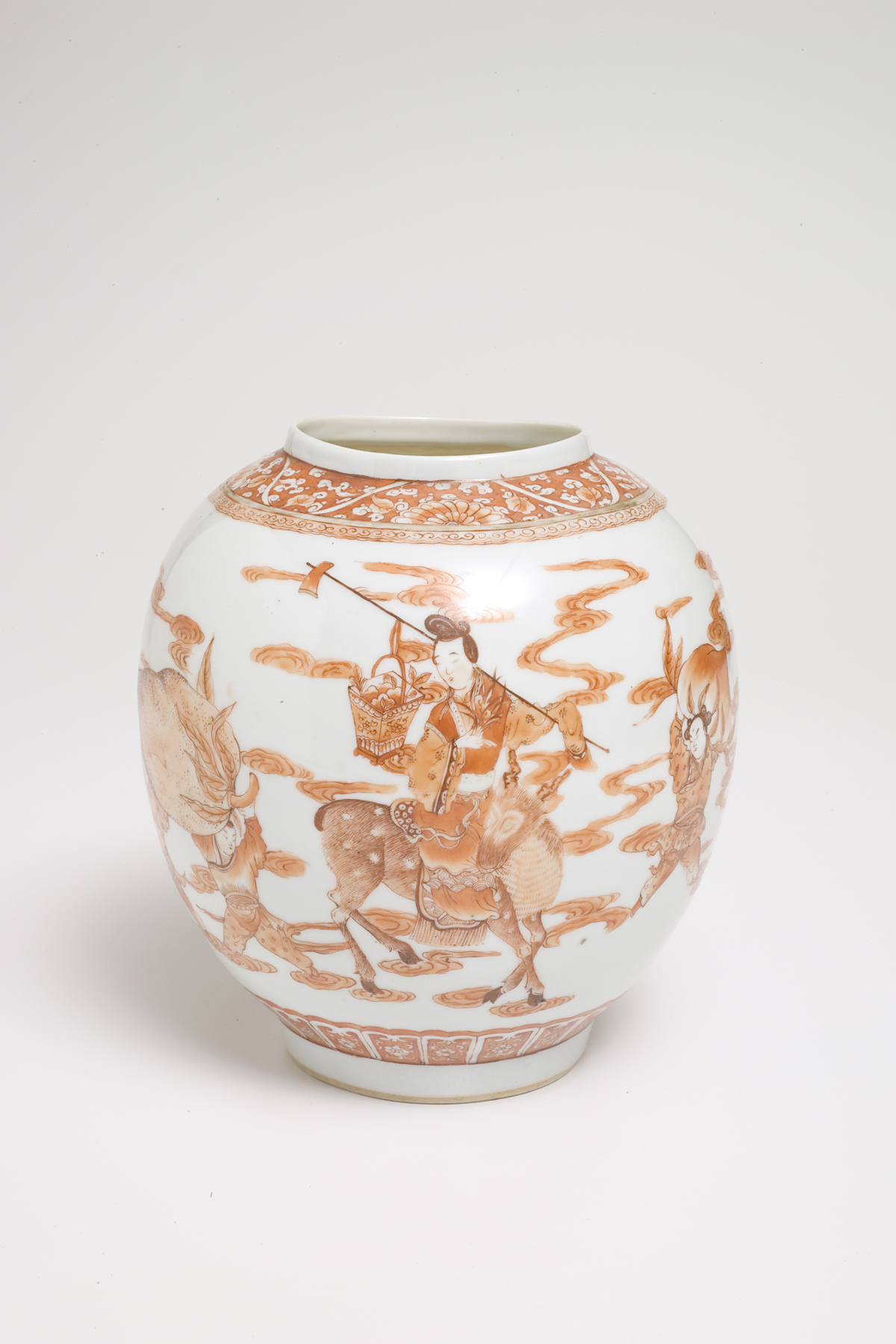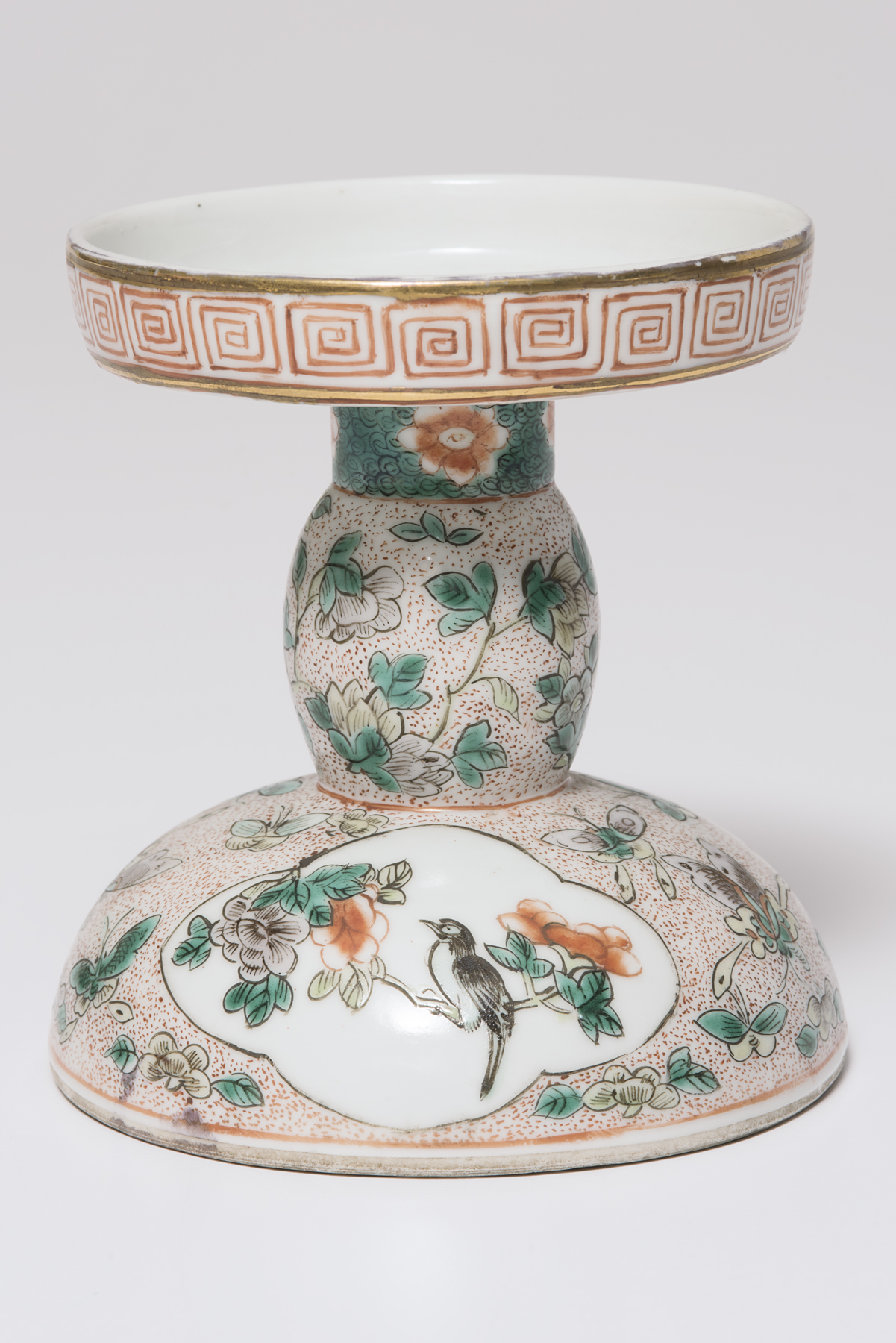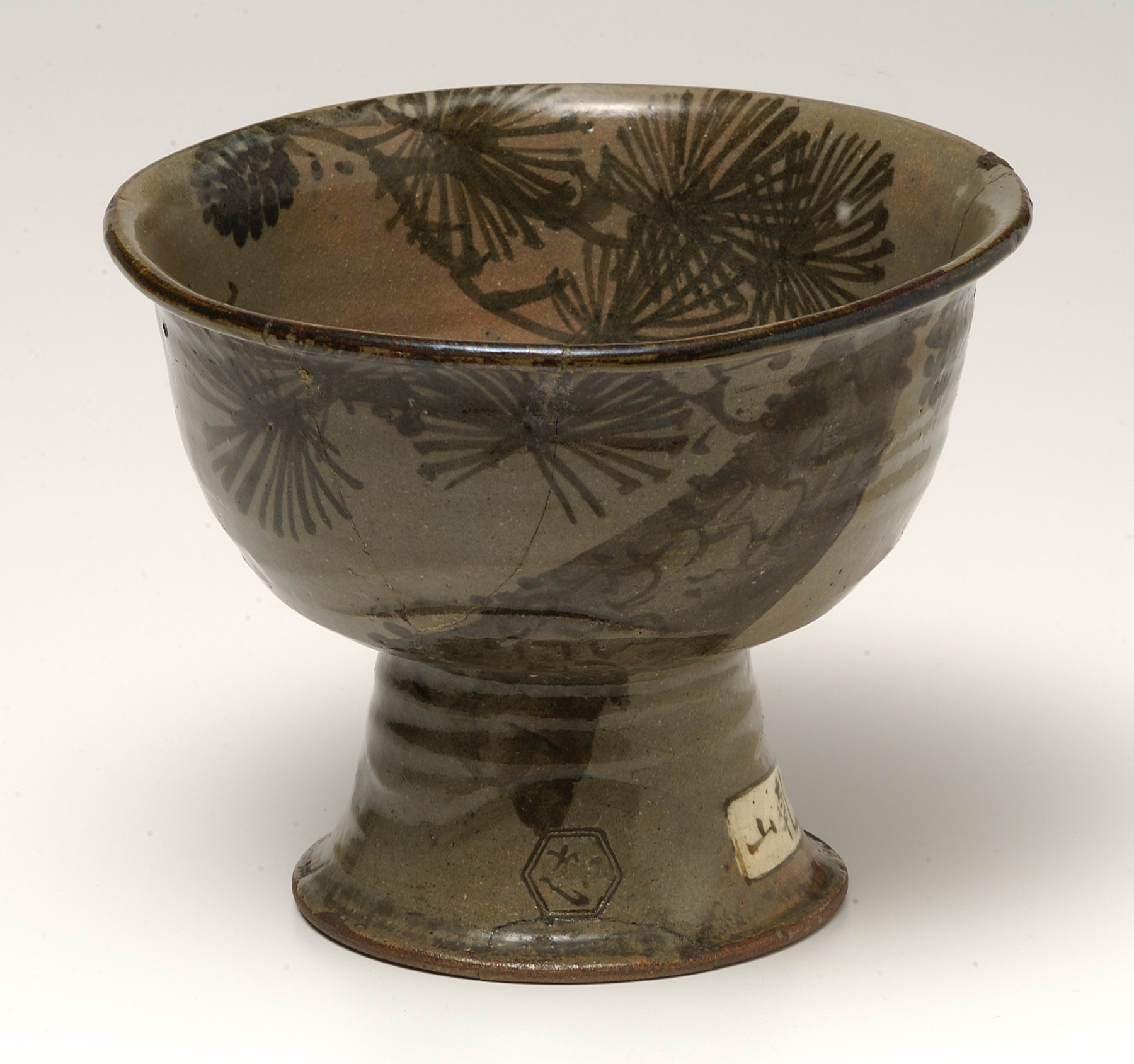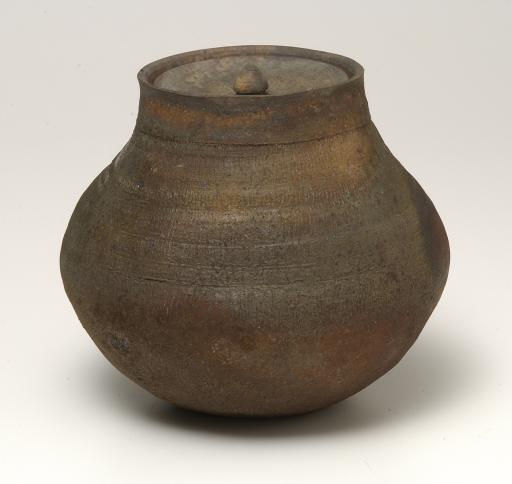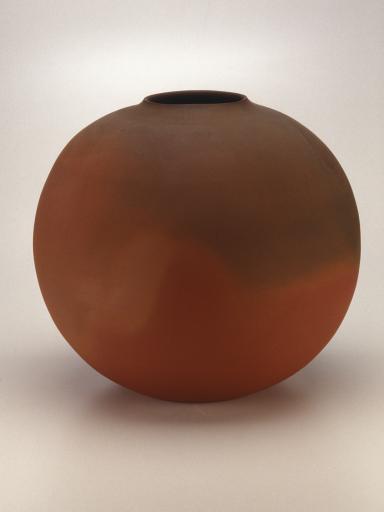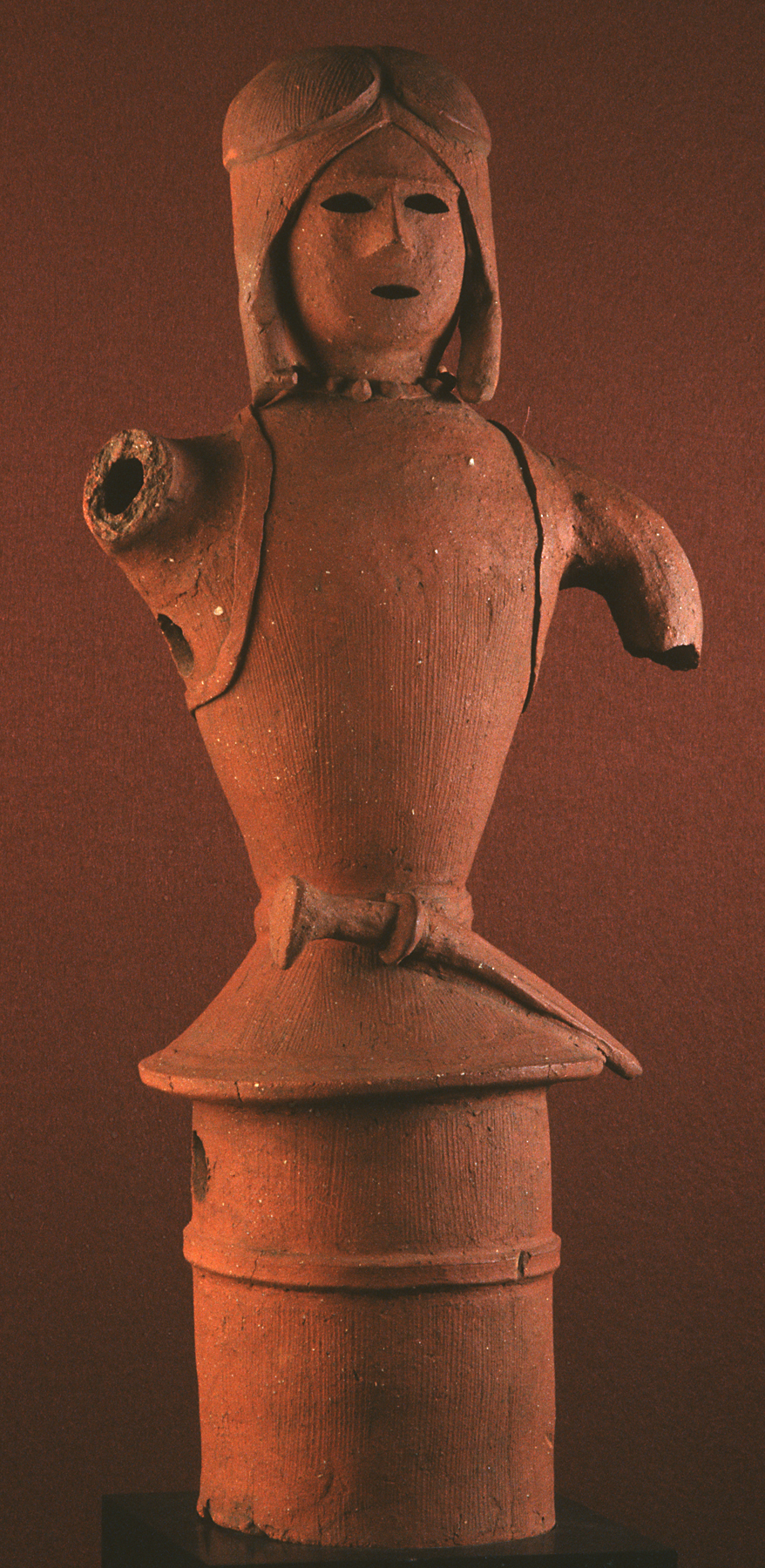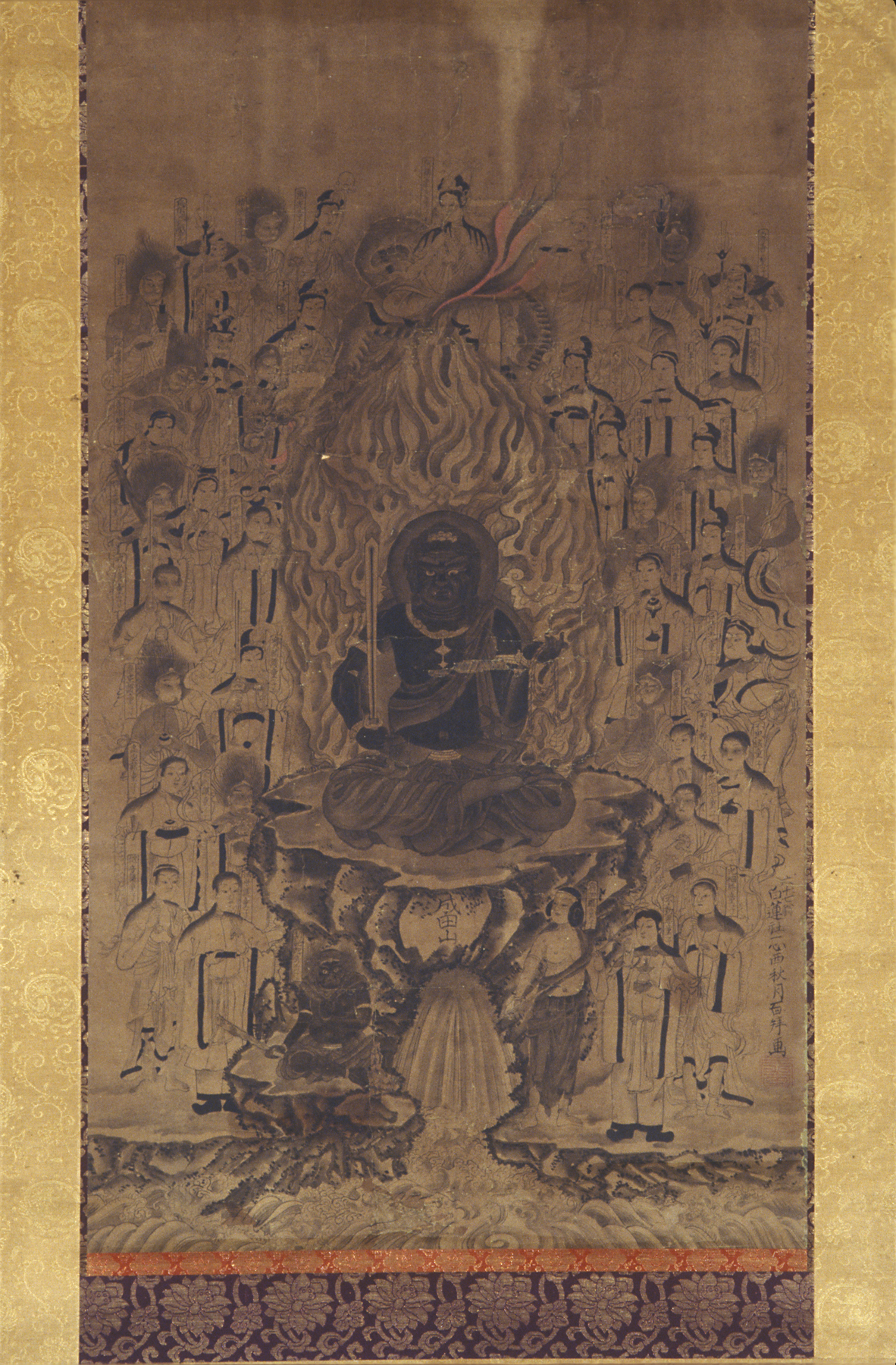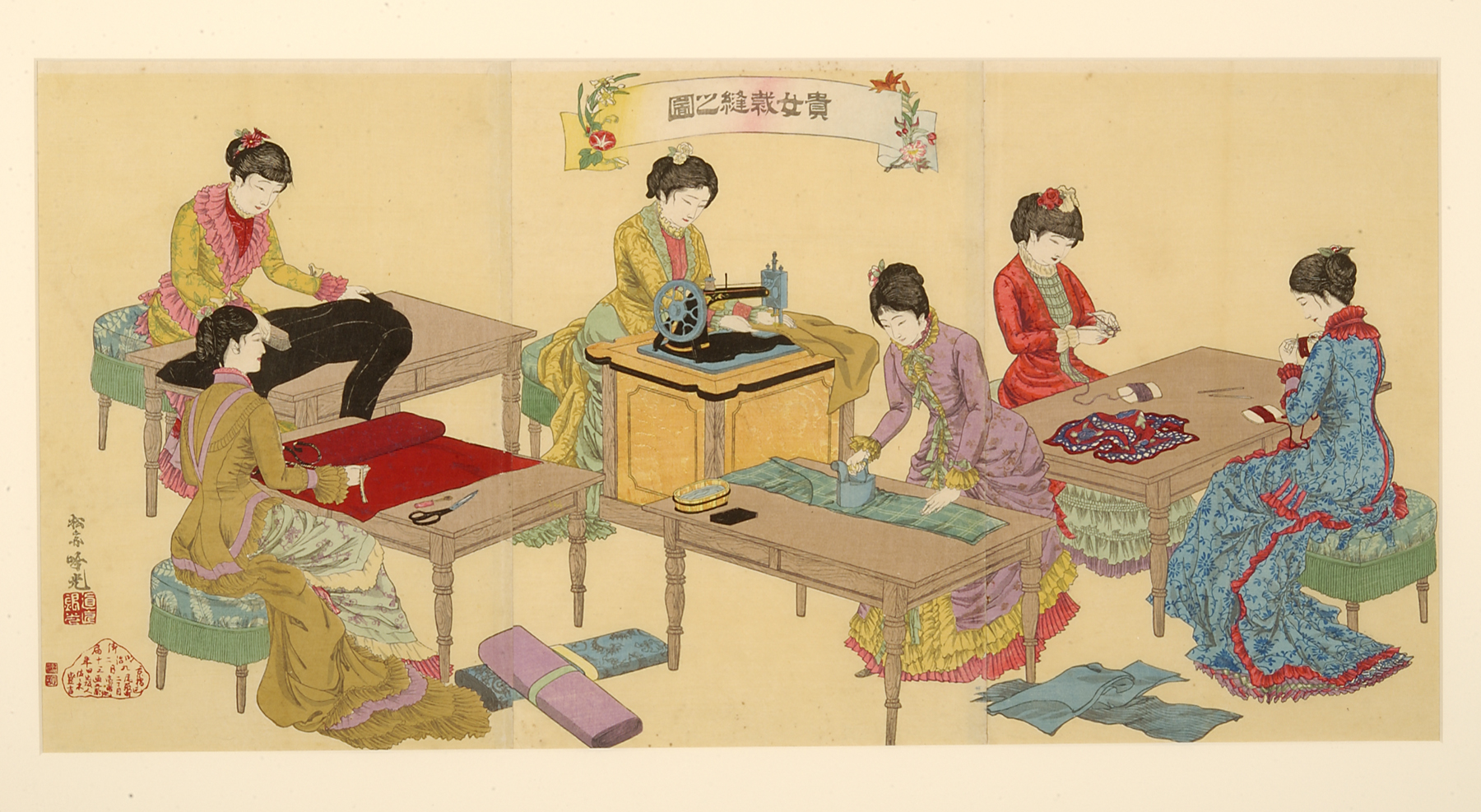Connoisseurship
Exhibition Overview

Organized by María Román Navarro, the Spencer’s curator of Asian art, this exhibition features a selection of objects from China and Japan illustrating several themes. Two of these themes are illustrated through Chinese objects. One is the use of visual arts in burial customs and the other is the representation of Daoist beliefs through icons and furnishings. The arts of Japan allow us to explore three other themes. The first considers the strength and ubiquity of Buddhist beliefs as demonstrated by both sumptuous images and mass-produced prints. Another addresses later Japanese history when Japan opened itself to Western influences. This aspect of art history is represented by prints and paintings incorporating Western ideas and techniques. The final theme explores the Japanese perception of ceramics as works of art, especially in relation to "texts" (potter’s marks and box inscriptions).


